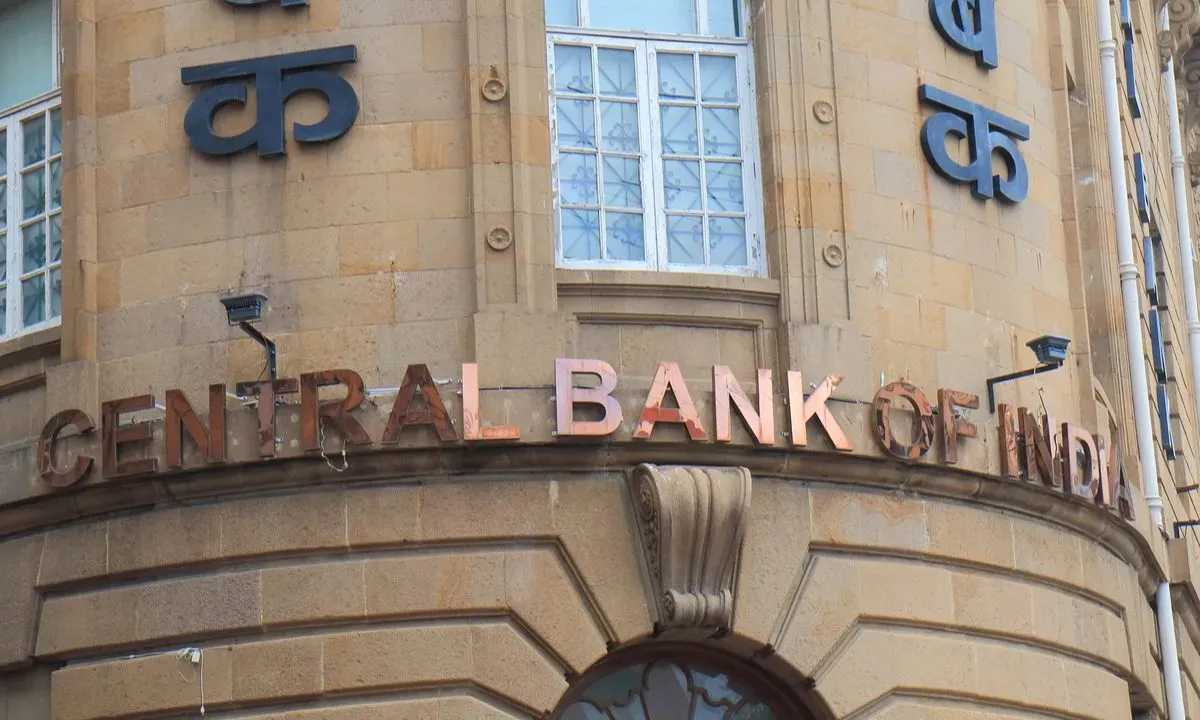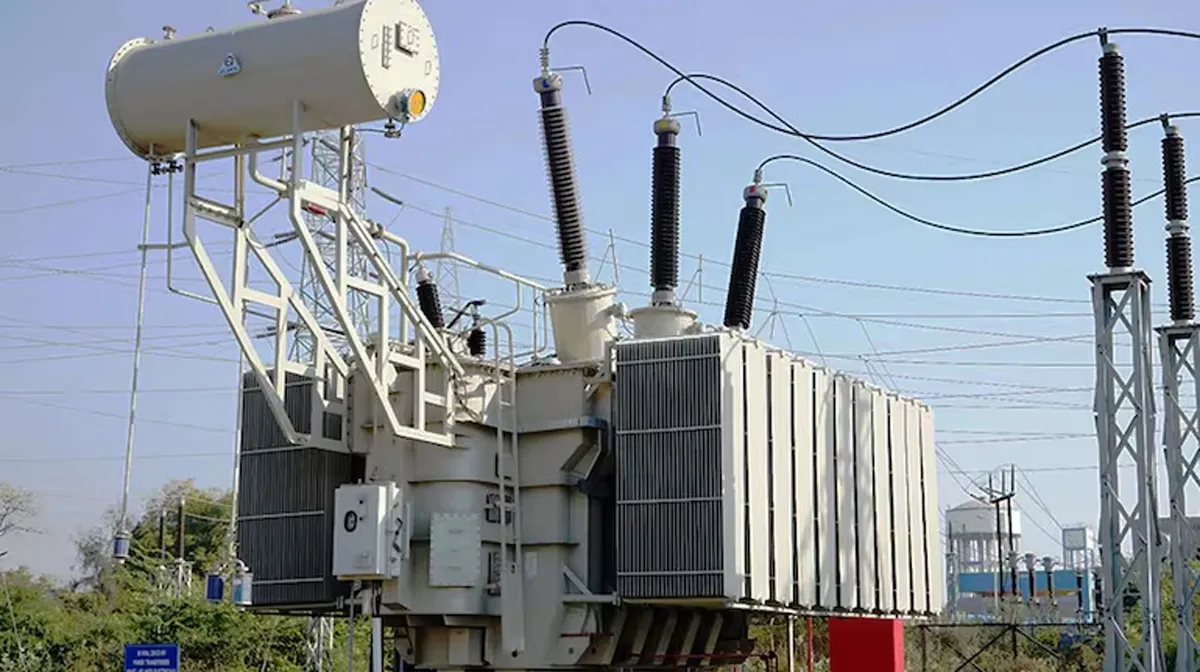The Mahindra-TERI Centre of Excellence (CoE), a joint research initiative of Mahindra Lifespaces and The Energy and Resources Institute (TERI), has launched a report highlighting the potential water challenges in Gurugram. The report was launched at a virtual event attended by Mr Sanjay Seth, Senior Director, TERI; Mr. Anirban Ghosh, Chief Sustainability Officer, Mahindra Group; and other experts and thought leaders.
Sustainable water use in habitats is one of the key areas of research of the Mahindra-TERI Centre of Excellence (CoE), which aims to develop science-based solutions for India’s built environment. The study is carried out using a unique, integrated, ‘One Water’ methodology that incorporates multiple aspects of water systems - such as storm water, wastewater, and water supply networks - to recommend best practices for holistic urban water management. The Gurugram study highlights the potential water risks faced by Gurugram, including those associated with water sources, governance, infrastructure, and demand & supply.
Dr. Sunita Purushottam, Head of Sustainability, Mahindra Lifespace Developers Limited, said, “As a pioneer of resource-conscious homes and developments across India, Mahindra Lifespaces has always prioritised water conservation across its residential and industrial projects. We focus on conservation and rainwater harvesting during the use phase; and the use of curing compounds, water audits and recycled water during the construction phase. More than 1 million liters of water are saved annually across our residential projects through water-efficient fixtures and greywater infrastructure, among other initiatives. We hope this report will strengthen awareness of the water challenges facing Gurugram and accelerate strategic action towards water sustainability in the city.”
Mr. Sanjay Seth, Senior Director, TERI said, “The impact of rapid urbanisation, climate change coupled with overburdened infrastructure is seeing Gurugram facing recurring floods, water shortages and increased ecological footprint. Adopting eco-friendly substitutes and designs that can track and anticipate change. The report being launched today in the outcome of a study conducted by TERI under the Mahindra – TERI collaboration which aims to analyse the issues involved and suggest possible solutions to overcome these challenges. The study provides innovative and inter-disciplinary strategies for the potential risks both present and future in water management of Gurugram.”
Key report findings:
Considering the existing urban growth trend in Gurugram district, the built-up area is estimated to increase to 518.8 km2 in 2025, or almost thrice the area in 2007. This can be attributed to its emergence as a major industrial hub, along with the development of residential townships and infrastructure for multinational companies.
Gurugram’s population is expected to reach 4.3 million by 2025. The water demand of the is consequently expected to reach 874.3 MLD in the same year.
Water bodies in Gurugram district* are expected to shrink to an alarming 0.42 km2 by 2025, from 55.2 km2 in 2007.
The region is likely to experience an unpredictable pattern of rainfall over the coming years due to the rapidly changing climate. Earlier, the city used to witness continuous light rains over two-three days that was spread evenly across monsoon months. But over the last decade, the same quantum of rainfall occurs in just 2-3 hours, thus indicating an irregular downpour in the monsoon months.
Gurugram faces a significant risk of pollution of its natural waterways. The quantity of wastewater generated in the district is estimated to increase to 699.4 MLD by 2025.
Key report recommendations for sustainable water management in Gurugram:
Propagation and adoption of water conservation practices such as rainwater harvesting and wastewater recycling and reuse to meet rising water demand due to rapid demographic changes
Developing policies and designing measures towards protecting the region’s ecosystems to strengthen both natural and urban water flow systems
Strengthening of the water governance structure and administration; establishing a transparent and participatory mechanism through capacity building and training programs
Designing and implementing flood resilience measures.
Developing water-efficient infrastructure with new and innovative technologies
The Mahindra-TERI Centre of Excellence leverages state-of-the art research techniques, tools, and performance measurement solutions to boost the development of green buildings in India. The joint research initiative is working towards developing open-source and science-based solutions for India’s real estate sector.
Image Source




















